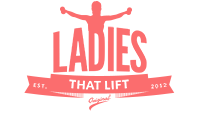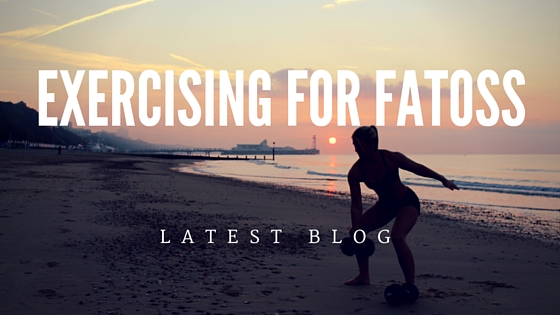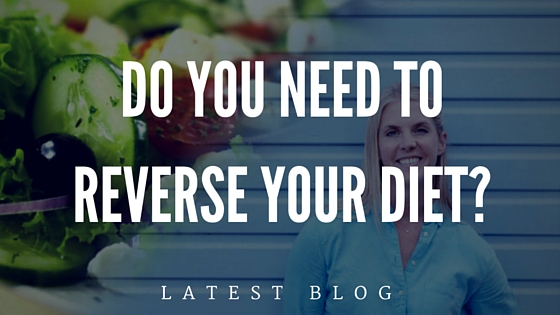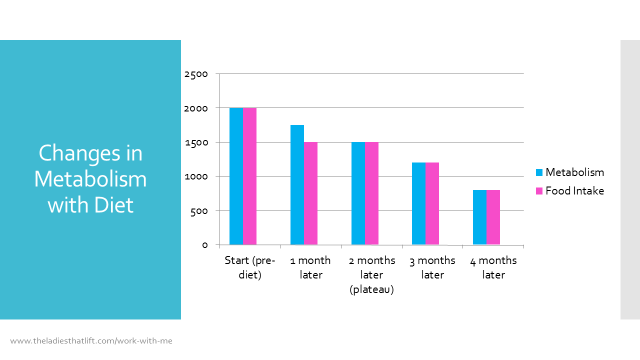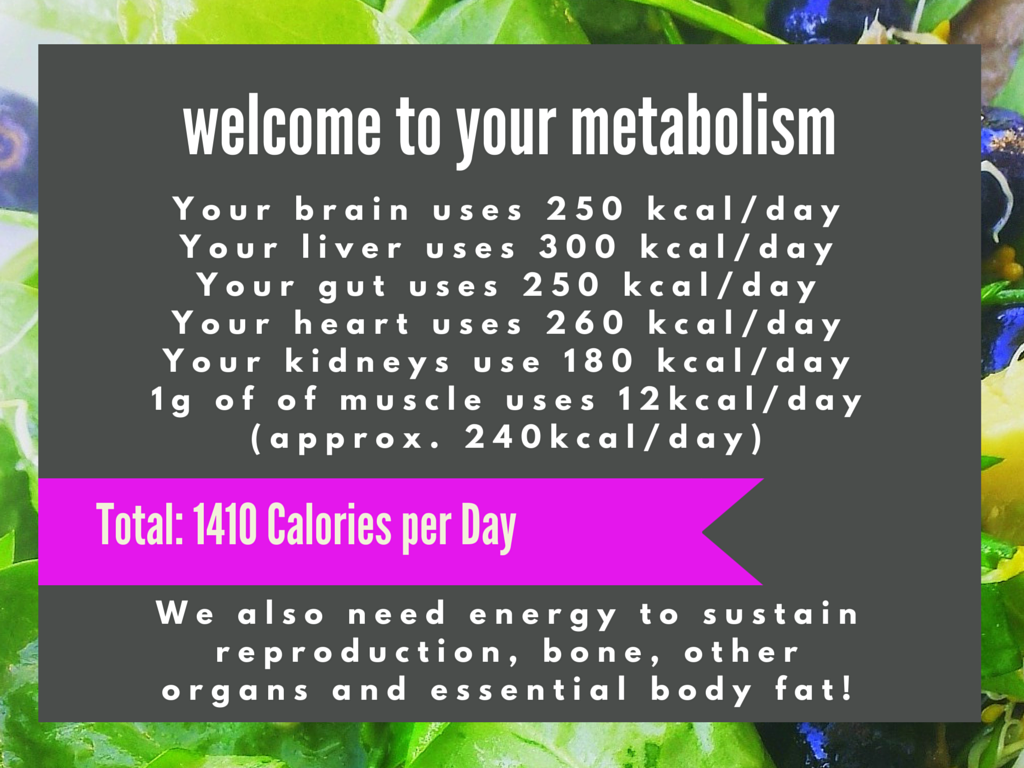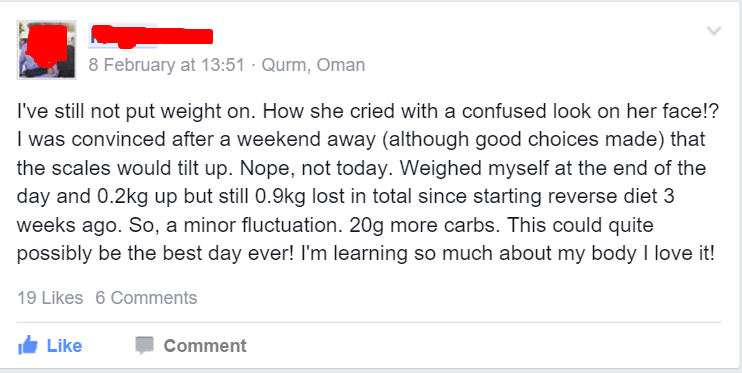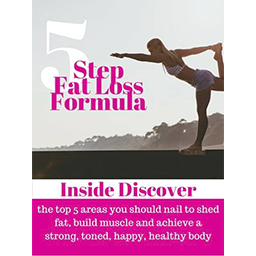What is the most effective way to exercise if you want to drop body fat?
There is and there also isn’t a straight forward answer.
Two things we need to consider:
- You cannot out exercise a bad diet. The best way to lose weight is to nail your nutrition. My approach is always Food First!
- The most effective exercise is that which you actually do. Therefore, even though there is a “science” to what is more effective at changing body composition, if you don’t do it, it’s not doing you any favours. Moving your body in a way that you enjoy is better than sitting around and eating cake!
So now that we got that out of the way, let’s look at some more “ideal case scenarios”. In a perfect world, what would I recommend and why?
In my online coaching program I divide my clients into two broad categories:
- Over-eaters: those people that each too much, probably carbohydrates and don’t do enough exercise
- The over-achievers: those people that are into Fitness but take everything to the extreme and probably over-exercise (usually high intensity workouts) and don’t have the right nutritional balance to support what they are doing which results in what I call “stress weight”.
So what are the metabolic consequences?
- Over-eaters: exercise has many positive benefits including building muscle mass, increasing metabolism and improving insulin sensitivity. But apart from the inner biochemistry, learning how to move properly, mobilising what is tight and strengthen what is weak improves posture, prevents injury and changes body shape.

It is sadly all too common to see someone who is over-weight thinking they need to start running to lose weight and ending up injured from the large amount of impact and the repetitive movement exacerbating already present musculoskeletal imbalances.
- Over-achievers: Just because someone is exercising a lot, doesn’t mean they are exercising effectively. I know very few people who move well. Unless someone has been coached before, I find that most people have tight hip flexors and lower back and weak glutes, hamstrings and abdominal muscles (see picture above). Therefore, even though the typical over-achiever might be training hard, they are ingraining ineffective movement patterns which means that they are likely to get injured and then do that rebound thing when they can’t train and they comfort eat or they continue to exercise but their body shape never really changes for the better.
Additionally, the massive amount of stress created by too much exercise and not enough recovery from a time and nutritional perspective, means that they can be in a constant state of oxidative stress. The biochemical term for internal rust which creates ageing. This causes damage to the part of the cell that burns fat (the mitochondria) and they become ineffective at turning fat into energy, which means that it is more likely to get stored than burned off.
Poor recovery often means there is no muscle development – and remember we need muscle to increase metabolism, change body shape and improve physique with postural changes.
Finally, there is a whole host of other complications, poor sleep, low energy and changes in hormones.
So what do I recommend?
If you have been following me for a while you will know that I support and less is more approach. Less exercise, less food restriction, less orthorexia and more results! I am sure some of you reading this are doing calorie restricted low carb diet and lots of HIT training and getting results. Good on you! But I work with a lot of women who have been there, done that and rebounded. The most effective way to get results is by doing something you honestly could sustain lifelong.
Despite relocation, change in career, holidays, change in relationships, family stress and all the things that life throws at you, I have managed to maintain a stable body weight for years, because my eating and exercise practising are sustainable!
Here is a visual representation for you:
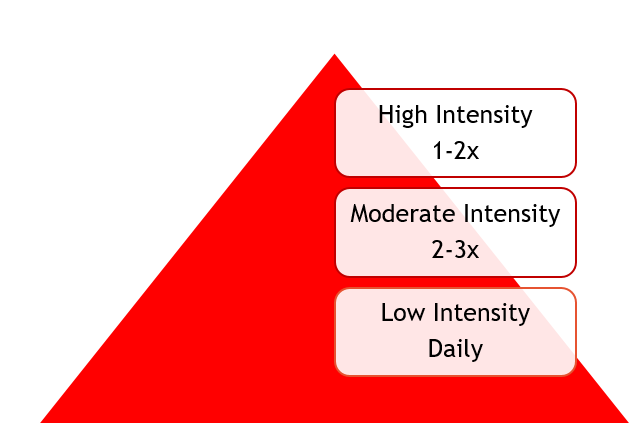
Low Intensity: you should be able to exercise and sing e.g. walking
Moderate Intensity: You should be able to talk but not sing e.g jogging, moderate intensity weight lifting, cycling or aerobics classes
High Intensity: No talking and definitely no singing! e.g. High Intensity Intervals, Sprints, Circuit Classes etc.
Type
I’m a big advocate of resistance training for the reasons that it is progressive, build muscle and therefore increases metabolism across the board, improves posture and changes body shape (provided exercises are performed properly). That said, if you want to run or cycle or do cardio classes I won’t stop you, but understand there is little room for progression in these exercise modalities increasing the likelihood of a plateau.
New health guidelines now recommend 2 resistance training sessions per week. This is obviously beneficial for reasons already discussed in addition to maintaining bone density, balance and to prevent sarcopenia (loss of muscle mass) associated with ageing.
Frequency & Duration
Realistically, you need to look at your schedule and be honest about what you fit in. No point in saying you will exercise 5 days a week and then only end up going 3 times because your life is busy and then beating yourself up and eating a pile of sugar as a result!
Provided your diet is good and you use the time that you do have to exercise effectively, a minimum of 3 sessions a week can still get some great results.
I recommend a maximum for 5 sessions per week, 4 times is a good middle ground, with 2-3 rest days where you could do some walking or yoga. Anywhere between 45 minutes to an hour is plenty! I will spend a maximum of an hour in the gym which includes warming up and some lower intensity core based work at the end.
Intensity
Having variety in the intensity at which you train can be beneficial on many different levels.
From a psychological perspective it can be easier to actually get to the gym if you know it’s not going to kill you every time
Different level of intensity use different energy systems so you can develop your efficiency to burn both fats and sugars.
It can be difficult to progress if you only do high intensity work. When you are always working as hard as you can other aspects of fitness might suffer such as strength and movement quality. Using moderate intensity sessions to really work on body position will go a long way to improving muscle development and body shape.
So what would a typical week look like?
There are many different options. For beginning exerciser we usually recommend whole body workouts using exercises that encourage the use of multiple joints and large muscle groups (think squat, lunge, deadlift, press ups, pull ups or lat pull down).
As you get more advanced you might want to hone in on specific muscle groups or body parts on certain days. Leg training would be more intensive where days that only use the upper body may be more moderate and thereby you create that variety in intensity.
For me personally, I currently do the following:
Monday: Legs (High Intensity)
Tuesday: Chest and Back (Moderate Intensity)
Wednesday: Gymnastic Skills (Moderate Intensity); muscle ups, handstand holds, core work etc.
Thursday: Rest Day: Walking
Friday: Legs (High Intensity)
Saturday: Recovery jog along the beach (Moderate Intensity)
Sunday: Rest Day: Walking or Yoga
Bear in mind that I would be a more advanced exerciser so someone just starting out might do the following:
Monday: Full Body Workout (Moderate Intensity)
Tuesday: Rest walking
Wednesday: Full Body Workout (Moderate Intensity)
Thursday: Rest: walking
Friday: Interval Sprints on the bike or rowing machine (High Intensity)
Saturday: Rest
Sunday: Rest Day: Walking or Yoga
In Summary
I hope you have learned the following:
- Movement that you enjoy is better than no movement at all
- You cannot out-exercise a bad diet
- Sometimes doing less exercise can be a more effective tool for fat loss
- Exercise between 3 and 5 days a week using a combination of moderate and high intensity
- Stay active on rest days with things like yoga or walking
- Incorporate a minimum of 2 resistance training days per week into your schedule for muscle development, postural improvement, bone density, improved balance and change in body shape
- Beginner lifting should focus on large muscle groups and use the whole body
- More advanced trainer can focus on specific muscle groups
- Learn to move properly, stretch what is tight and strengthen what is weak!
